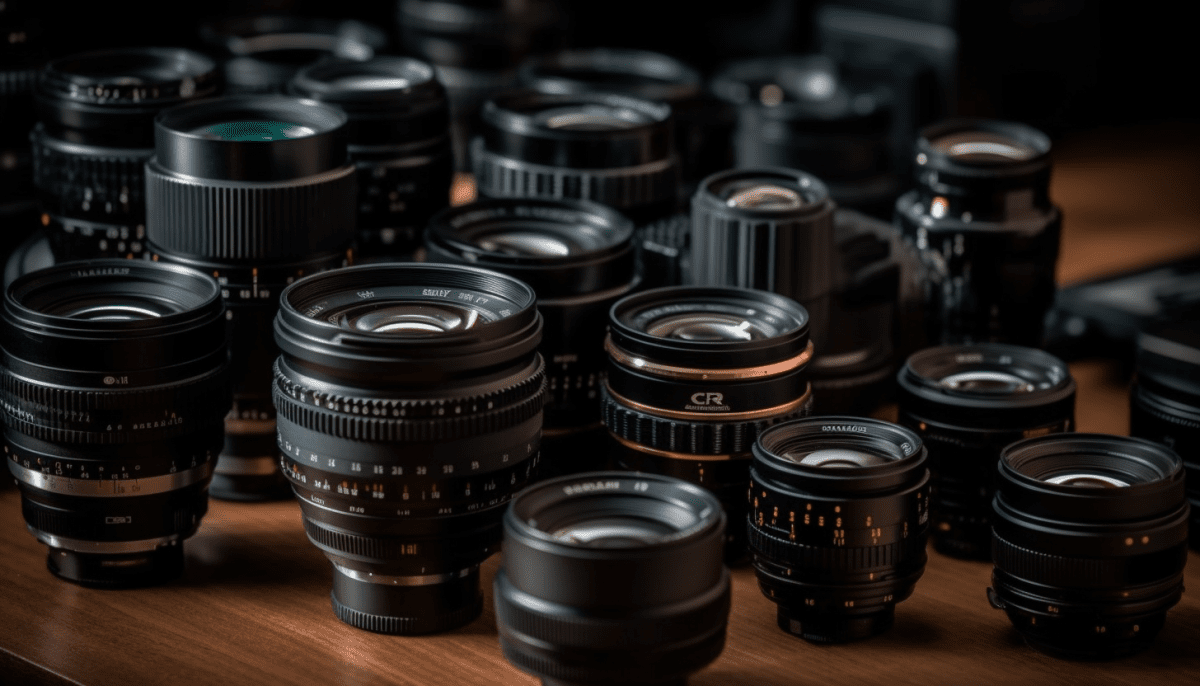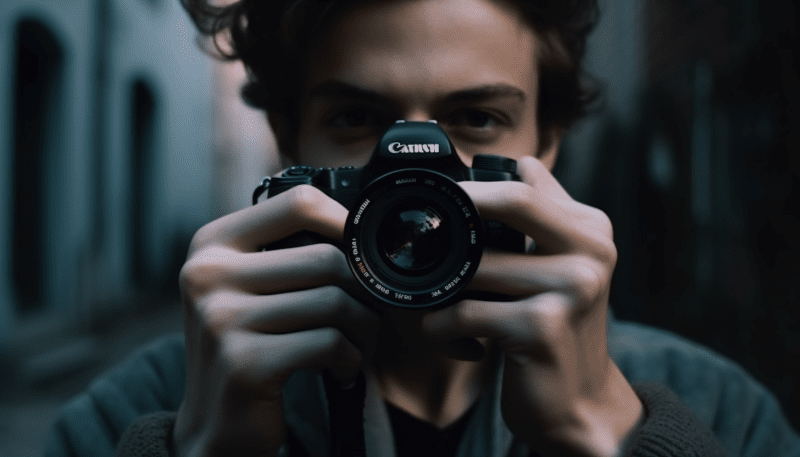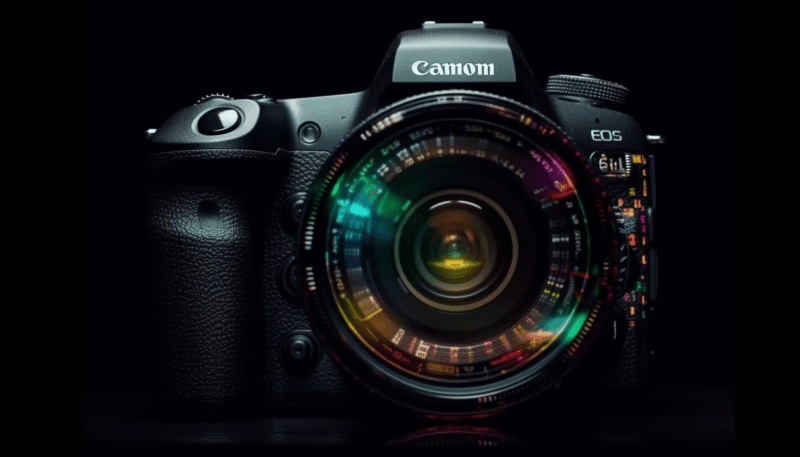When it comes to camera lenses, understanding the different types can really help you up your photography game. Each lens type has its own unique characteristics and is suited for different situations, so knowing what options you have is key to getting the shots you want.
Prime Lenses: These are your go-to fixed focal length lenses. They don’t zoom in or out, but that’s part of their charm. Because they have fewer moving parts, prime lenses often produce sharper images and perform better in low light. Plus, they usually have wider apertures, which means you can create that beautiful background blur that makes portraits pop. If you’re after clarity and depth, a prime lens is a solid choice.
Zoom Lenses: If versatility is what you need, look no further than zoom lenses. With a zoom lens, you can switch from wide-angle shots to tight close-ups all in one lens. This makes them perfect for travel or capturing events where you can’t easily change lenses. Just keep in mind, while they’re super handy, they might not always perform as well in low-light situations compared to prime lenses.
Wide-Angle Lenses: Ideal for landscape and architecture photography, wide-angle lenses capture more of a scene in the frame. If you love to shoot sweeping vistas or tight indoor spaces, these lenses are fantastic. However, be mindful that they can sometimes distort the edges of your photos, so using them wisely is key.
Telephoto Lenses: Want to get up close and personal without physically moving? Telephoto lenses let you do just that! Great for wildlife and sports photography, these lenses can magnify distant subjects. They do require a steady hand or a tripod to avoid blurry images since the longer the focal length, the more susceptible they are to camera shake.
Choosing the Right Lens for Your Camera
When it comes to photography, choosing the right lens can feel a bit overwhelming, but it doesn't have to be! The type of lens you pick can greatly affect your photos, so let’s break it down into some easy-to-understand bits.
First off, let’s talk about focal length. A lens with a shorter focal length, like a 24mm, is great for landscapes or tight spaces. It allows you to fit more into the frame without having to back up. On the other hand, a lens with a longer focal length, say 200mm, is perfect for portraits or wildlife photography. It gives you that lovely blurred background while keeping your subject in focus.
Next, consider the aperture. The aperture affects how much light gets into the camera and can also impact the depth of field. A lens with a wide aperture, like f/1.8, lets in more light and gives that beautiful, dreamy background blur that many photographers love. If you're planning to shoot in low light or want to achieve those artsy backgrounds, look for a lens with a larger maximum aperture.
Lastly, take note of your photography style. Are you into macro shots, street photography, or maybe you love capturing fast action? Make sure the lens you choose aligns with your needs. A versatile zoom lens is great if you like to switch things up, while a prime lens can give you that sharpness and clarity for specific shots.
So, whether you're a newbie or wanting to enhance your skills, just keep these tips in mind with lens shopping. It’s about finding what works best for you and your creative vision!
Tips for Using Lenses Like a Pro
Using camera lenses can feel a bit overwhelming at first, but with a few handy tips, you'll be snapping like a pro in no time! Here are some straightforward tricks to help you make the most out of your lenses:
Using camera lenses is all about exploration and creativity. Choose the right lens for your situation and have fun with it! You'll discover what works and ultimately enhance your photography skills.
Caring for Your Camera Lenses
First off, always handle your lenses with clean hands. Before doing anything, make sure to keep debris and oils from your fingers off the glass. When you’re removing or attaching a lens, do it in a clean, dust-free environment. Avoid changing lenses in windy places where dirt might sneak in.
Next up, cleaning! Get yourself a good quality lens cloth or microfiber cloth. Gently wipe the lens in a circular motion. For tougher smudges, a specialized lens cleaner works wonders. Just remember, never spray cleaner directly onto the lens; it's better to apply it to the cloth first!
Storing your lenses properly is key, too. When you're not using a lens, put the cap on both ends to protect it from dust and scratches. Consider a padded camera bag to keep everything safe if you're on the go. And if you're not planning to use your camera for a while, store it in a cool, dry place to prevent moisture buildup.
Lastly, be on the lookout for dust or fogging inside the lens. If you notice something, it’s best to consult a professional rather than trying to open the lens yourself. Keeping your lenses clean and well-maintained will help you capture amazing images without any hiccups!



